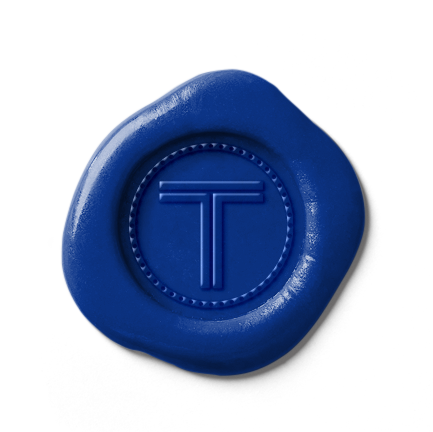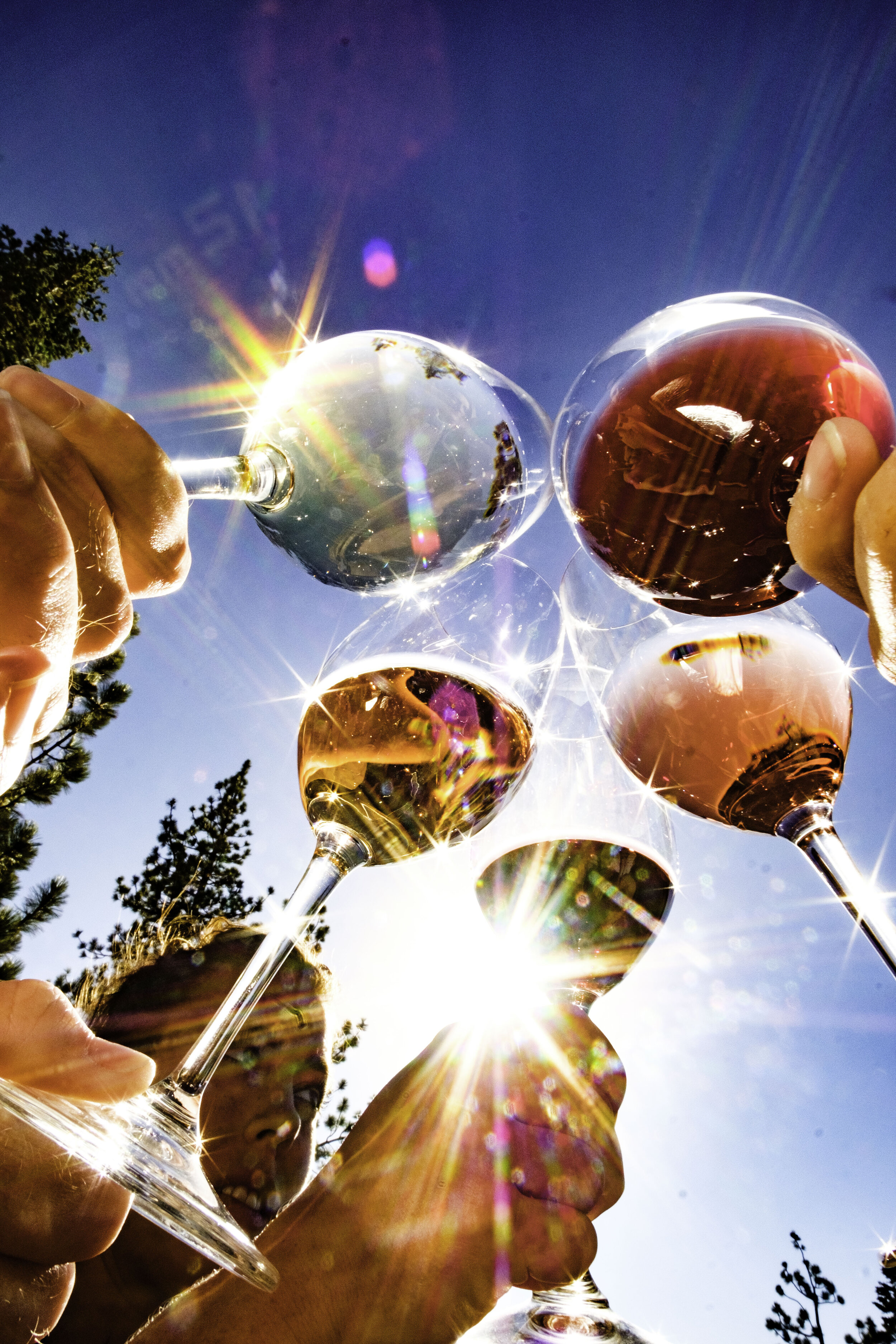Our 8 Tips for Summer Wine
Raise Your Glass To The Sun
There are some lovely times of year - a crisp September afternoon when the leaves have changed, the first big snow coinciding with the day you get to wear those big socks, April 25th, a day for daydreams and a light jacket. But, is there any season more iconic than the summertime?
The sound of window AC units, the ‘tropical’ scents of suntan lotion, the sweat, we wouldn’t change any of it. We love the sun, and we love the summertime - and you know that means that we have some thoughts on how to enjoy wine during this sacred, sunny time of year.
A few general guidelines...
Nothing in this article is gospel. Enjoy your wine your way, and don’t let anyone tell you that your way is wrong!
Summer is a time for feeling easy - don’t agonize about finding the perfect wine for that July BBQ and Dog Wedding. Save the wine you like for parties, the wine you love for those you hold dear, and the wine you adore for yourself, and whoever might be lucky enough to be close by.
Pack light.
If there is one cardinal sin of summer wine drinking, it’s going too heavy. If you have a date with a waterfall, maybe don’t bring your brooding Cabernet Sauvignon - and if a wine is too heavy for the occasion, plop a big ice cube in there with some soda water, and call it a spritz!
Think cool.
Trust that cooler-climate red wines will do better in warmer weather, and they’ll do better with a chill too - if you’re at the beach and in a pinch, you can dig a small hole in the sand and chill a rose in the lapping tide.
Look at a map. The closer a wine-growing region is to the arctic circle, or Antarctica, (generally), the cooler the climate. Cooler climates produce grapes of lower sugar, and thus refreshing final red wines lower in alcohol, higher in acid, and likely lower in tannin too!
Sprechen Sie Deutsch?
When dreaming up a bottle for after a summer photoshoot, try to think in German - that is, think wine from Germany, Austria, Alsace, and the Alpine corners of Italy. You’ll find that wine in the tall, thin bottles of these countries has the acidity and zip you’re looking for, and don’t worry if you can’t pronounce several words on the labels, neither can we - it doesn’t make the wine any less delicious.
Don’t be too alarmed if you hear a puff of air when you break into a bottle of Blaufrankisch or Zweigelt, either - some Austrian winemakers utilize a bit of gas to lend some refreshment to their reds. If you don’t enjoy it, a few vigorous swirls will see you saying Auf Wiedersehen to those bubbles in no time
Look to the Loire.
This versatile French region has an established tradition of natural, unfettering winemaking that promises great wine from many grapes, and most are wines to slake a thirst, true Vin de Soif. Cabernet Franc is principal in most of the sub-regions, and lends its charms to one of the great mid-afternoon summer wines of the world, Chinon.
You will also discover wine from the earthy Grolleau, our old rowdy friend, Gamay, and a bit of Cabernet Sauvignon, which is best-kept exclusively for large summer feasts with plenty of grilled protein. Pinot Noir from the regions of Sancerre and the other far-east parcels can sit at the same table as most Burgundy, but its homophonic cousin, Pineau d’Aunis, is the quiet, rumbling, Elliot Smith-style rock star of the region. Temperamental, charming, and abounding with freshness rather than pure fruit flavors, Pineau isn’t quite like anything else - save your Pineau for the special people in your life.
Don’t balk at Beaujolais.
Many of us know Beaujolais for the Nouveau our Aunt was likely pouring at Thanksgiving dinner twenty years ago - sweet-smelling, and dense with alcohol, the result of unnecessary manipulations like chaptalization - adding sugar to increase the final alcohol content of a wine.
Thanks to a return to the natural roots of the region, emphasizing perfume, low-alcohol drinkability, and purity, the Beaujolais of today are cousins of Burgundy that have been let-off-the-leash - children of nature. With their directness of fruit and sheer joy, we can’t imagine a better regional wine for easing sore legs after tromping around the woods, or paired with brats grilled over an open flame.
Learn to shuck an oyster!
Like a grape capturing sunlight, an oyster, unlike almost anything else, captures the ocean. Enjoy your freshly-shucked oysters with traditional-method sparkling wine or a deeply-mineral Muscadet to celebrate your new skill. Best of all, enjoy this perfect combo while watching a sunset over the ocean, and note the kinship of the oyster, the wine, and the sea breeze for a powerful snacking experience.
Twist it!
When mapping expeditions into uncharted territory, be prepared, and pack wine with a resealable, twist-off cap.
Twist-offs have gotten a bad rap over the years. The truth is, wines are closed with twist-off caps to preserve freshness, which is why you’ll find that white wines and rosés are more often closed this way, along with lighter, youthful reds. A twist-off lets virtually zero air into the bottle, so the wine is less likely to change as time marches on.
Enjoy what you enjoy.
There’s nothing worse than pretending that you like something, so don’t. Bring your own wine to summer parties, better yet, bring a magnum, and allow the other guests to revel in your good tastes! This is your summer, and you deserve to enjoy every second of it - cheers to you, and to your favorite summer wines - salut!



